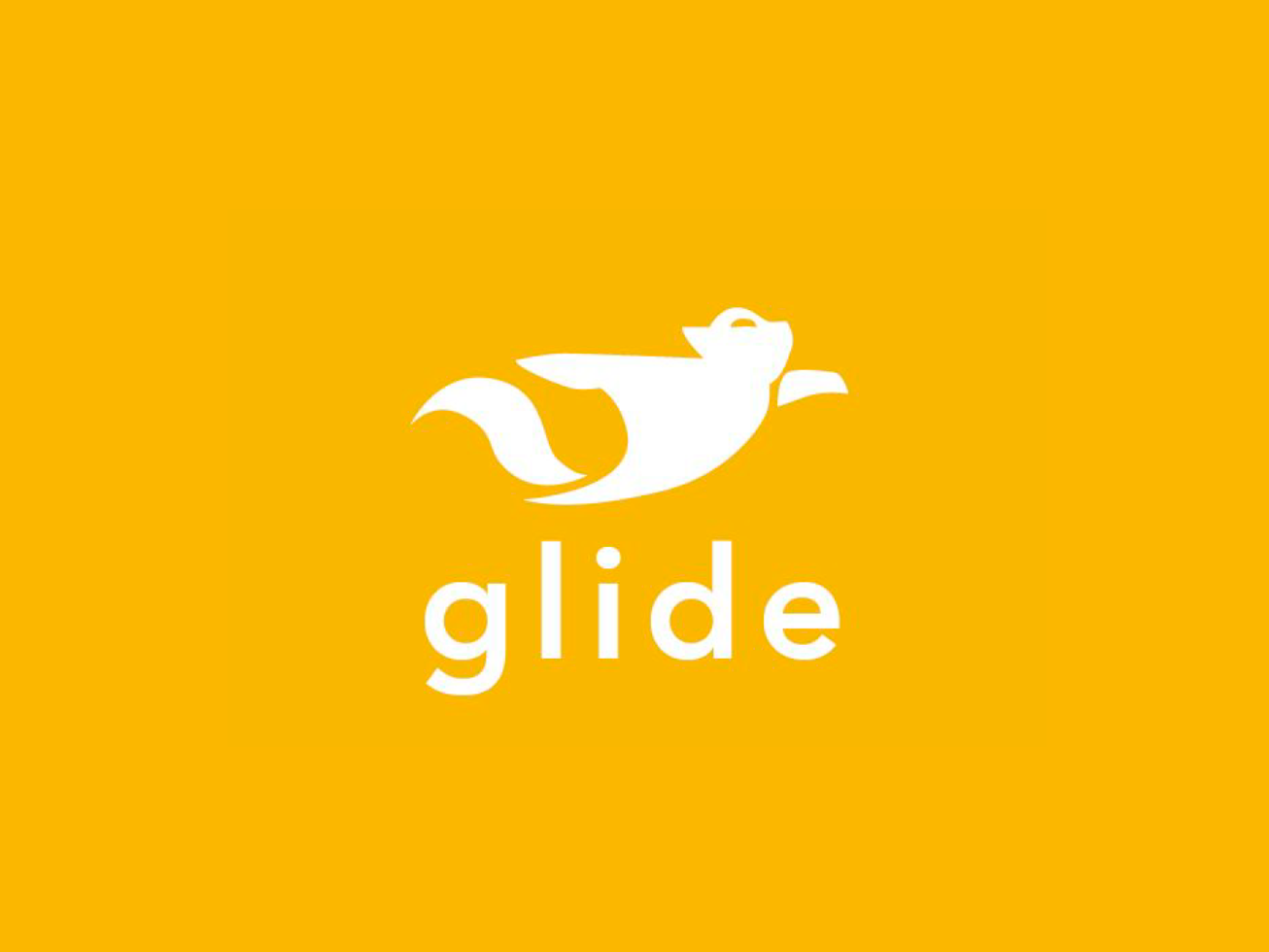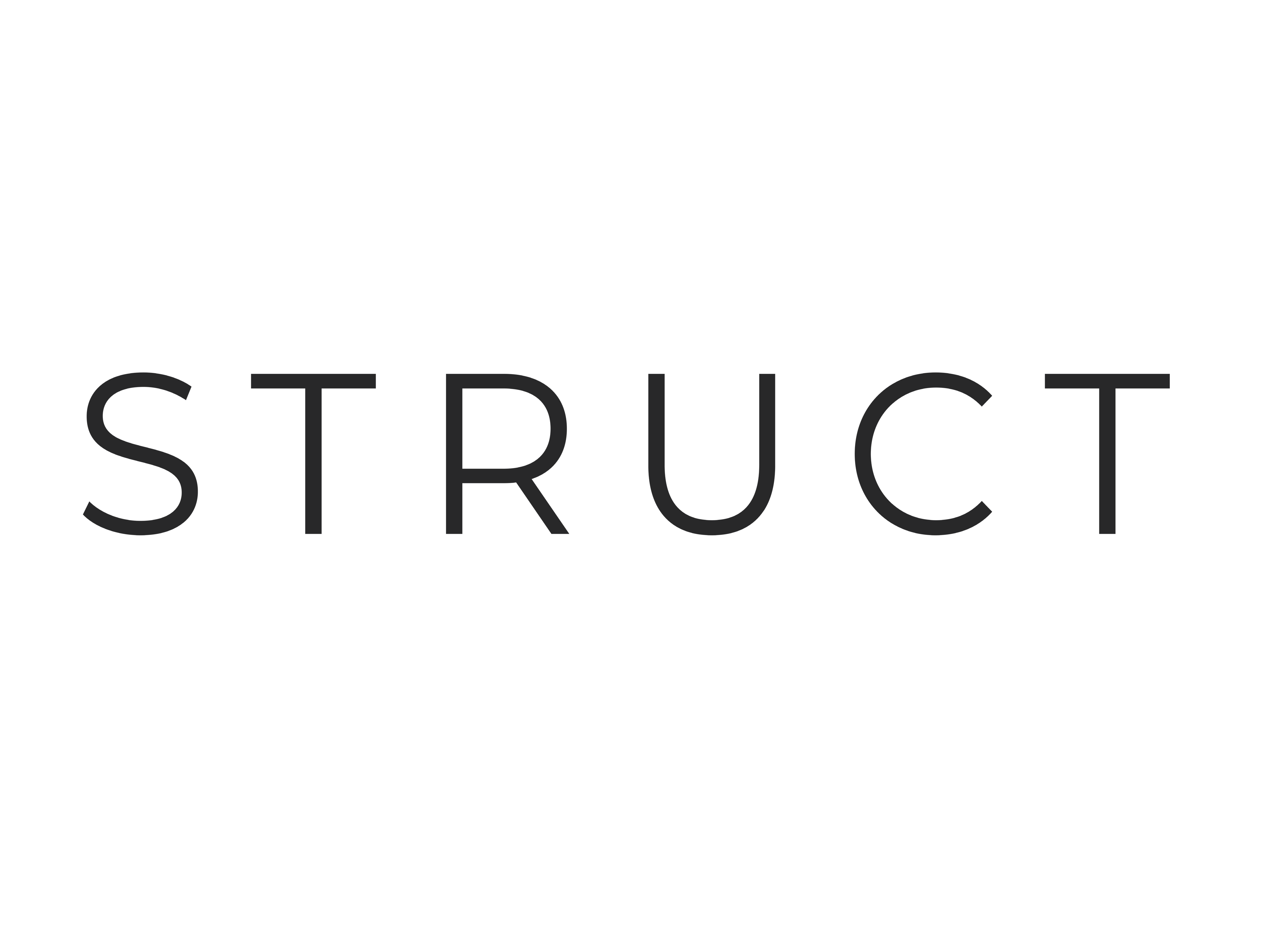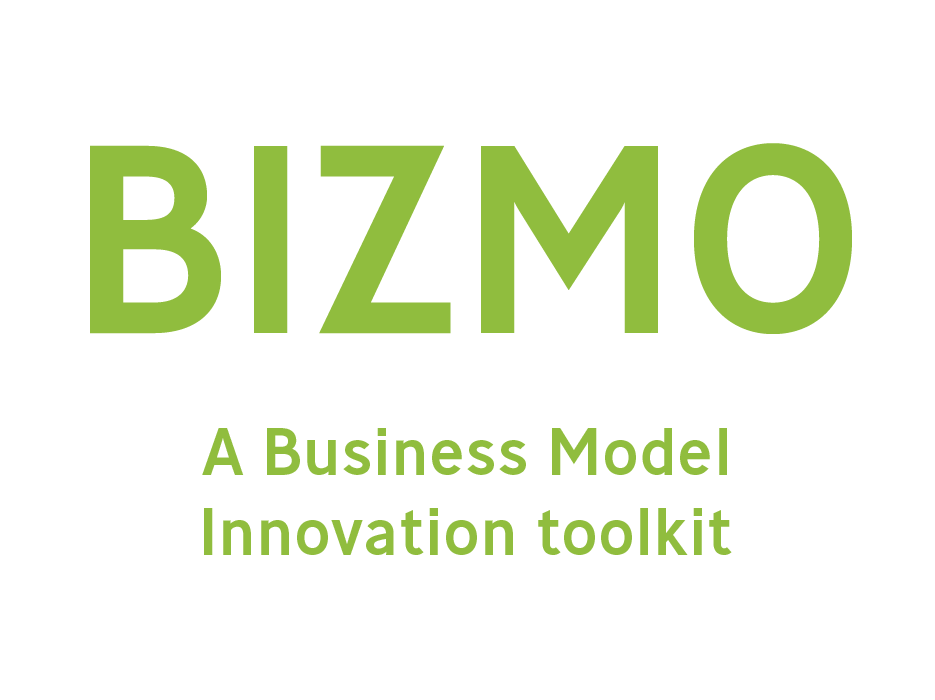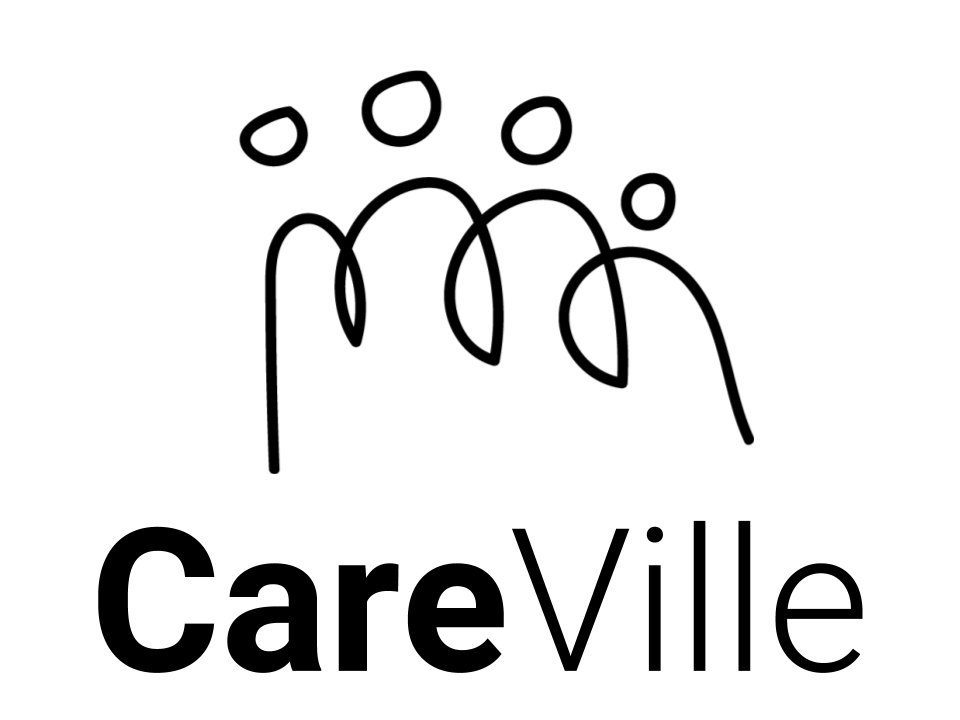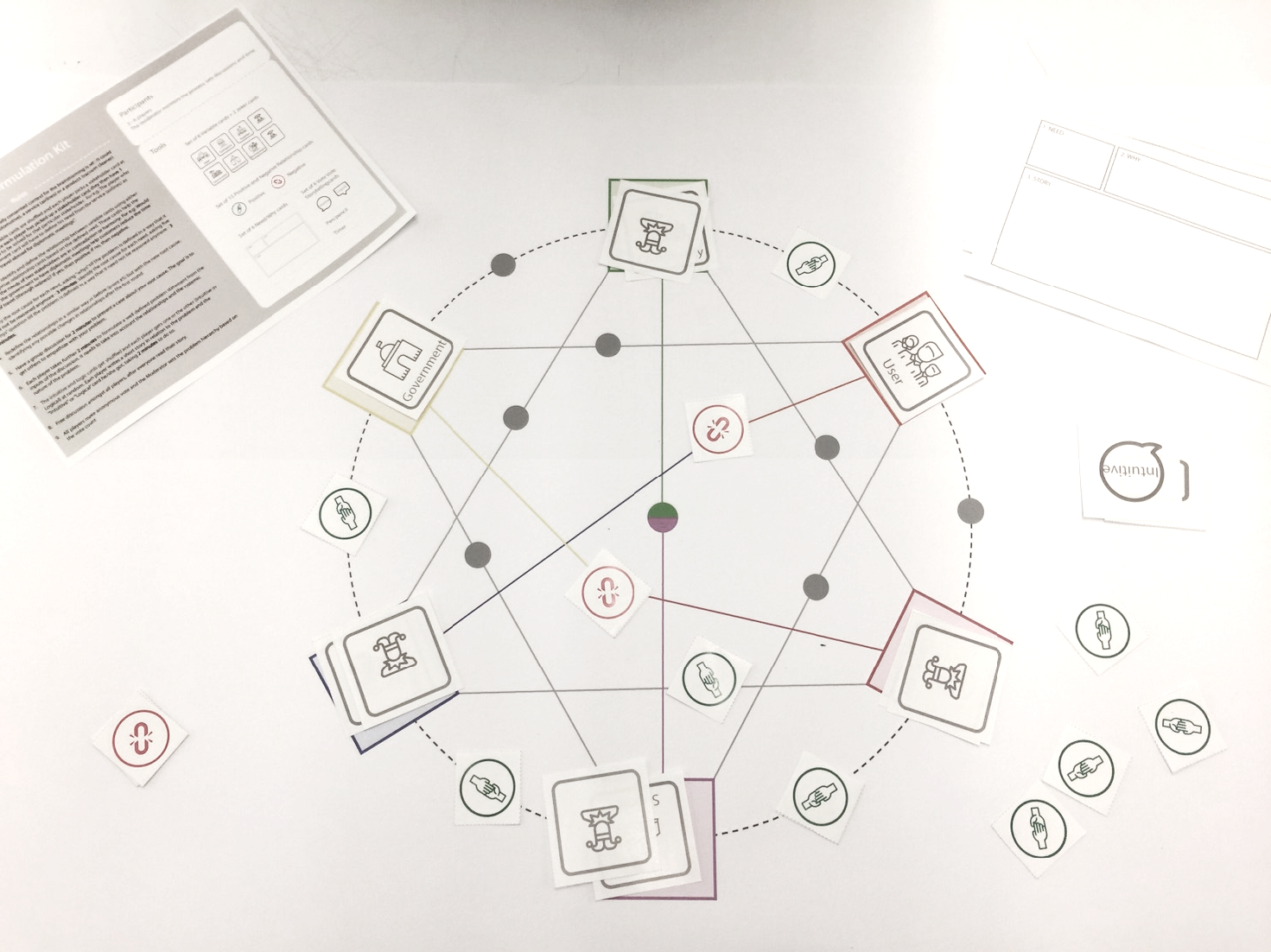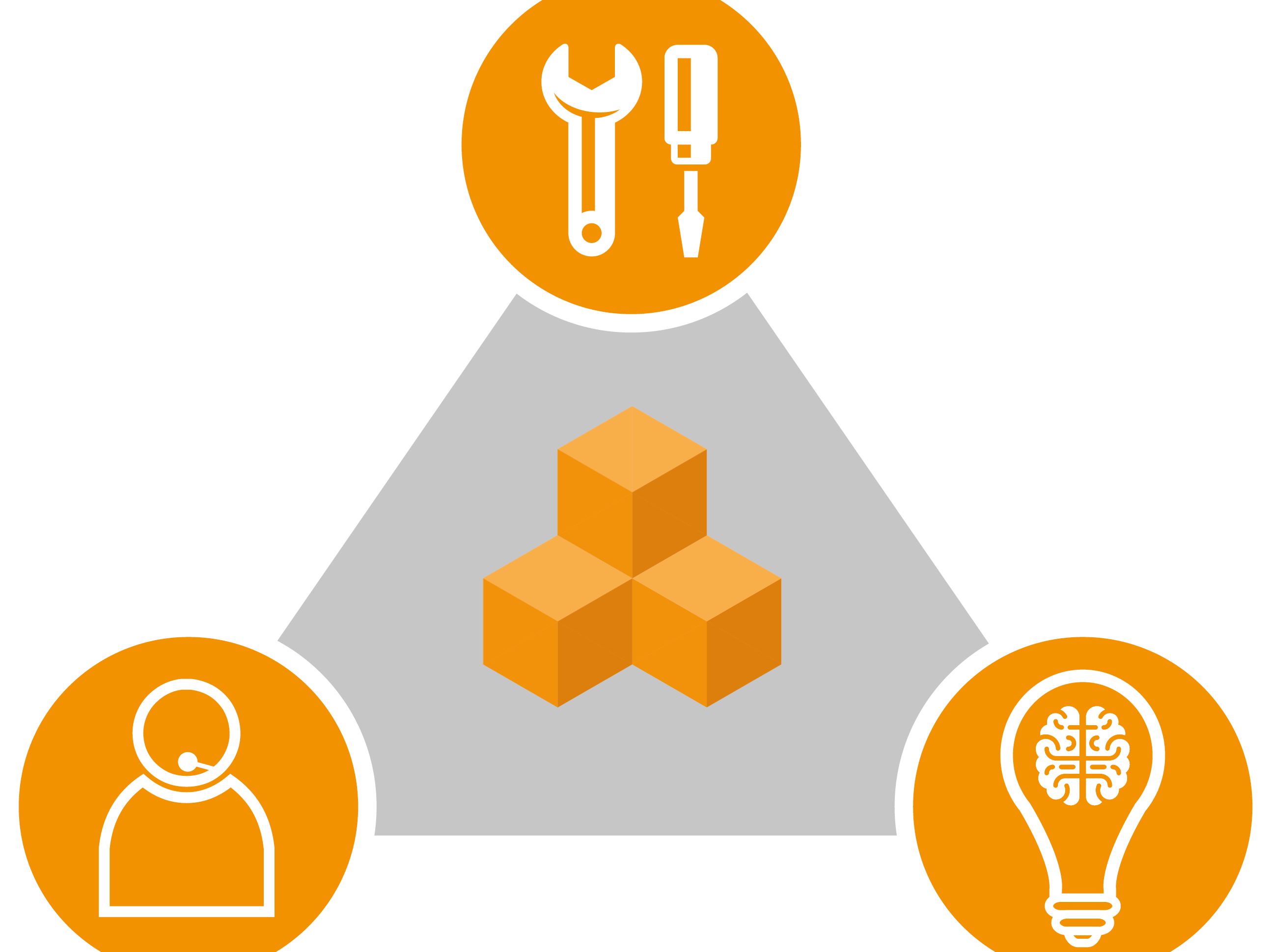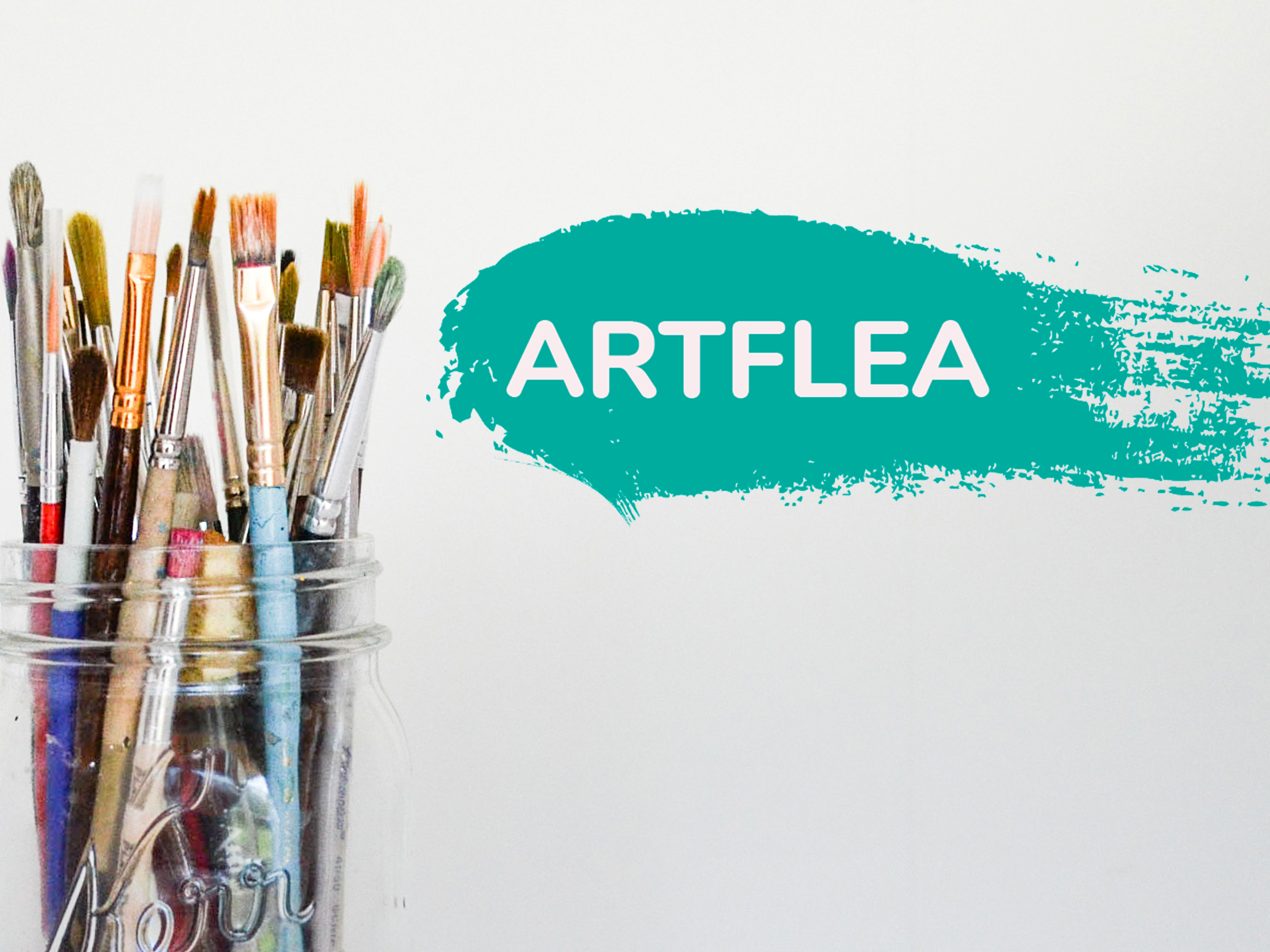OVERVIEW
Locus was done as by five students in the Strategic Design Management class of 2019. What brought us together was a passion towards making education more democratized, and helping youth achieve their fullest potential in their lives. Over the period of 4 months, we conducted over 150 customer development interviews using the Lean Startup methodology, talked to more than 15 experts in education, made three significant pivots and finally were able to create a validated solution that also managed to sign up 50 customers.
CLIENT : Self-Initiated, as part of the New School Social Entrepreneurship incubation course - VENTURE LAB
TIMELINE : 4 months ( Jan 2018 - May 2018 )
OUTCOMES : Validated solution to a major pain point and business model, website, initial customers (50)
TEAM : Victoria Chan (Branding and Marketing), Jennifer Hsieh (Operations & Business Development), Abhishek Nair (Design and Research), Sundar Subramanian (Research and Strategy, Project Management)
MY ROLE : Apart from the leading the strategic vision for the project, I was responsible for setting the direction for the various tests and prototypes we made, project management and facilitating meetings.
THE CHALLENGE
Our problem was defined as an opportunity area : one that is fostered by a major technology wave that is revolutionizing the manufacturing industry - 3D printing.
3D printing is one of the fastest growing industries in the manufacturing sector, consistently growing at a rate of more than 20% y-o-y. The economic implications are projected to reach $50 Billion by 2025. However, poor product quality, functionality. lack of user friendliness and accessibility and lack of knowledge are hindering mainstream adoption.
In our quest to find an opportunity area, we found that there was a severe lack of awareness and a misinformed inhibition among potential users about the scope of this technology.
SOLUTION
The solution that we designed was Locus - an experiential center for amateurs/enthusiasts curious people to learn about the potential benefits and applications of 3D printing.
EXPERIENCE DESIGN
The Locus experience would take customers through a plethora of possibilities for 3D printing, in a delightful manner that appeals to their five senses and intellect, spreading awareness about the benefits to more and more people.
The customer here is Curious Carol - a high school teacher who recently read an article about 3D printing in a newspaper article and wishes to impart the knowledge to her students. After going through the Lotus experience, Carol is much more aware about 3D printing, has her own ideas on how to use this technology and is also a prospective customers for 3D printer manufacturers.
MVP
Our final MVP was a website that we created for Locus. The website takes a user through the experience center and has an RSVP form for them to sign up.
PROCESS
RESEARCH
SYNTHESIS
The synthesis of information led us to the following key insights about 3D printer users and the technology
1. EXPECTATION VS REALITY GAP
Most users of 3D printing technology have an unrealistic expectation about their benefits, and are often disillusioned when they fail to see the right results. The high expectations are often set by sensational media articles and news that is spread about this technology.
2. MATERIAL WASTAGE IS A BIG PAIN POINT
Material cost of 3D printing is quite high and users (especially beginners and amateurs) are often left dismayed when the figure out that bad prototypes need to be discarded off and the material cannot recovered.
3. 3D PRINTING IS YET NOT CONSIDERED A CONSUMER GOOD
3D printers are only considered a technical tool and not a consumer appliance yet. People only want to put in their studio/workshop and not in the living room. And the steep learning curve has created a chasm between those who are curious about the technology and those who are using it as a professional tool
4. LEARNING PROPRIETARY DESIGN AND SOFTWARE DISSUADES POTENTIAL USERS
One of the other hurdles to the adoption of 3D printing technology is the complexity of the auxiliary activities (such as IP protection of design, learning design software, 3D design visualization etc.). The fact that different 3D printers have varied operational standards makes those tasks even more complex.
IDEATION
PROTOTYPING
